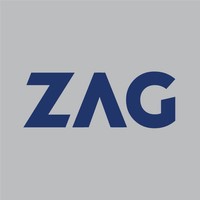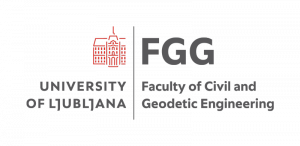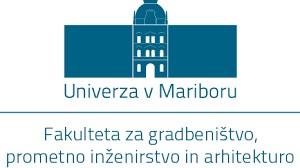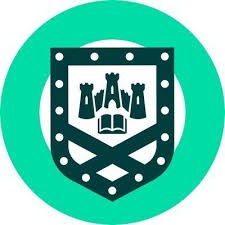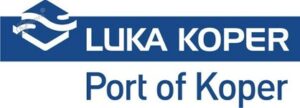L2-60150: Bio- and Alkali- activated STabilization of dredged marine sediments for inland, shore and offshore construction purposes (BAST)
| Project team: |
ZAG: dr. Stanislav Lenart, dr. Vilma Ducman, dr. Karmen Fifer Bizjak, dr. Majda Pavlin, dr. Davor Kvočka, dr. Mateja Štefančič, Barbara Žiberna, Laura Vovčko |
| Duration: | 36 months 1.1.2025 – 31.12.2027 |
| Project code: | L2-60150 |
| Lead partner: | Slovenian National Building and Civil Engineering Institute (ZAG) |
| Project leader: | Stanislav Lenart |
| Other project partner’s organization: |
Slovenian National Building and Civil Engineering Institute (ZAG)
Faculty of Civil and Geodetic Engineering, University of Ljubljana (UL FGG)
Faculty of Civil Engineering, Transportation Engineering and Architecture, University of Maribor (UM FGPA)
Department of Engineering, University of Exeter (EX)
Port of Koper
|
| Source of finance: |
ARIS – Slovenian Research and Innovation Agency
|
| Key words: | marine sediment, stabilization, geotechnical characteristics, circular economyDescription: |
Project goals:
The proposed project aims to develop sustainable marine sediment stabilization techniques based on alkali-activation (AA) and microbial induced calcite precipitation (MICP). Since sediment contains large amount of clay, it is an ideal aluminosilicate source for the AA process. However, sediment also consists of several crystalline phases that are unreactive or react slowly in alkaline solutions. Therefore, co-precursors will be added, and the calcination process will be considered to improve the effectiveness of the AA process. Furthermore, the project will also use the MICP approach to stabilize marine sediment by assessing the urease performance of indigenous bacteria isolated from dredged marine sediment under different chemical conditions and water content. Samples of marine sediment collected from the port of Koper will be exposed to various AA and MICP treatments. Geotechnical characteristics of treated samples, such as strength, stiffness, and ability for compaction, will be tested. The durability features of the samples, such as resistance to freezing/thawing, wetting/drying, and abrasive wear, will also be evaluated. In addition, environmental parameters, such as leaching, will be assessed, and a comparative Life Cycle Assessment with conventional stabilization methods will be performed to confirm the effectiveness of the stabilization concept.
After the stabilization techniques are proven, they will be validated at demo sites. As the building sector is the largest consumer of raw materials, it is the perfect industry to utilize deposited marine sediment from landfill, which is the primary challenge of the project. Thus, different construction processes have been carefully selected for demonstration activities. It’s important to note that one stabilization technique may not be suitable for all demos. The project will demonstrate how treated marine sediment with lower moisture content from the crust of landfill can be utilized inland or on the shore as a resource for new products, such as for residential construction and conventional earthworks. Additionally, the project will demonstrate how stabilized liquid material processing with 3D printing can be used for offshore construction of underwater structures with complex geometries, such as a sea reef, to enable the development of water habitats.
Through these planned activities, dredged marine sediment will no longer be treated as waste but rather be returned to the sea with added value or utilized inland or on the shore as a resource for new products. The project is thus contributing to the sustainable management of natural resources and promoting a circular economy.
Project packages:
|
WP 1 |
Identification and benchmarking of existing sustainable stabilization techniques |
|
Task 1.1 |
A review of existing sustainable soil stabilization techniques |
|
Task 1.2 |
The review of existing obstacles and risks in sustainable soil stabilization techniques and the plan for their prevention. |
|
WP 2 |
Alkali-activated (AA) stabilization of dredged marine sediment |
|
Task 2.1 |
Feasibility of AA stabilization of sediment |
|
Task 2.2 |
Mechanical and physical features of AA stabilized sediment |
|
Task 2.3 |
Environmental parameters of AA stabilized sediment |
|
WP 3 |
Microbial Induced Calcite Precipitation (MICP) soil stabilization |
|
Task 3.1 |
Indigenous bacterial and baseline investigations |
|
Task 3.2 |
Mechanical and physical features of MICP-treated specimens |
|
Task 3.3 |
Environmental parameters of MICP-treated specimens |
|
WP 4 |
Stabilization concept proofing |
|
Task 4.1 |
Durability features of treated sediments |
|
Task 4.2 |
Life cycle assessment |
|
Task 4.3 |
Examining reuse of dredged material in a creative way |
|
Task 4.4 |
Market survey and exploitation strategy |
|
WP 5 |
Validation and demonstration of applicability |
|
Task 5.1 |
Dewatering of dredged soil |
|
Task 5.2 |
Extrusion-based processing of stabilized dredged soil (3D print) |
|
Task 5.3 |
Rammed earth/compaction of stabilized dredged soil |
| WP 6 |
Project management, dissemination & exploitation |
|
Presentation of project results to the interested general public and activities for the application of results. Monitoring of project implementation and resource utilization. |

